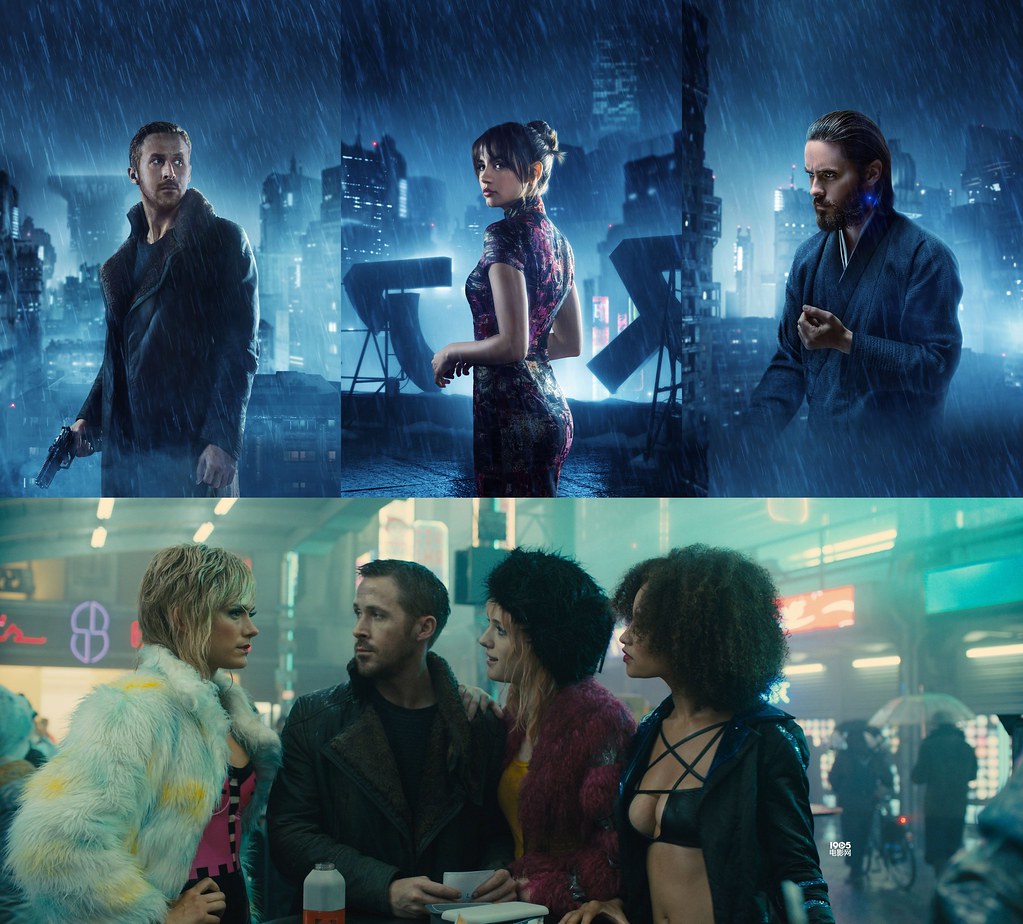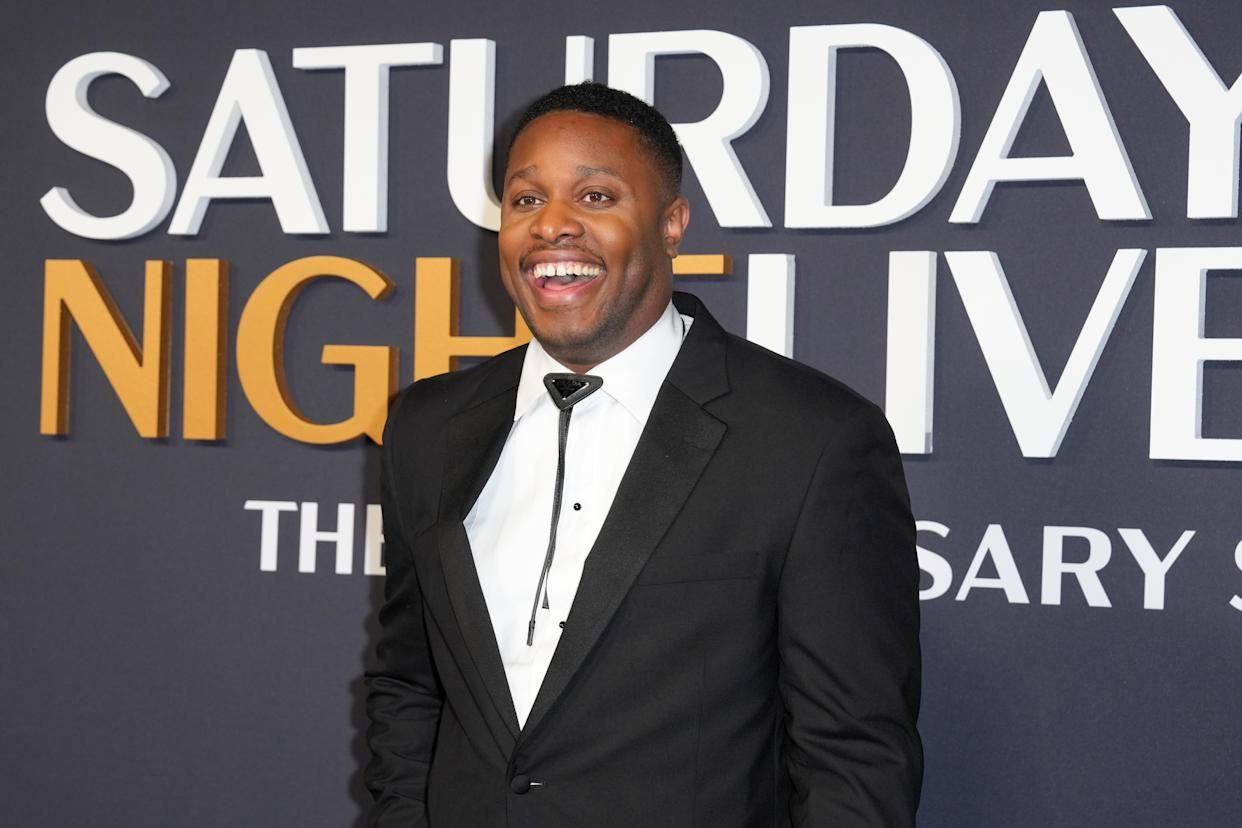Have you ever found yourself settling into a plush movie theater seat, popcorn in hand, only to be struck by an uncanny sense of déjà vu? It’s a feeling that’s become all too familiar in 2025, where the cinematic landscape is increasingly dominated by a never-ending parade of sequels, reboots, and spin-offs. This isn’t just a fleeting annoyance; it’s a full-blown phenomenon critics are labeling a “total borefest,” and it signals a serious struggle with creative fatigue across some of Hollywood’s most cherished action franchises. Audiences, it seems, have reached their breaking point, craving originality over relentless repetition.
Indeed, 2025 has been a challenging year, especially for high-profile franchise projects that, despite enormous marketing budgets and built-in fanbases, have consistently underperformed. Even industry titans like Disney, Pixar, and Marvel, once seen as immune to box office woes, couldn’t escape the trend. Opening weekends, once a guaranteed surge of momentum, now frequently fall flat, and total grosses often fail to match the successes of their predecessors. This market saturation reveals a critical shift: viewers are no longer automatically flocking to every sequel, particularly when stories feel recycled, or innovation is clearly lacking. The once-dependable magic is fading, replaced by a collective sigh.
This widespread disillusionment isn’t merely about quality; it’s about a deeper yearning for fresh narratives and a meaningful return on the investment of time and money that a movie ticket represents. Films like *Black Bag*, despite near-universal critical acclaim and a 98% Rotten Tomatoes rating, still grossed below their production budgets, earning just $39 million against a $60 million cost. This stark disconnect highlights a crucial point: audiences are not just looking for a “good” film, but one that offers something compellingly new. When creative fatigue sets in, even premier performances and ambitious storytelling can’t guarantee a crowd, revealing a broader reluctance to engage with familiar stories that feel overexposed. The question then becomes, which action franchises are caught in this relentless current, and why are they struggling so profoundly?
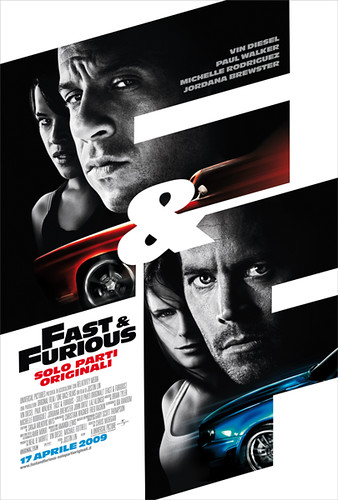
1. **The Fast & Furious Saga: From Street Racing to Space and Beyond**
The *Fast & Furious* saga stands as a towering monument to the escalating stakes of franchise filmmaking, now spanning ten main installments and counting. What began as a relatively grounded series about street racing and found family has morphed into a globe-trotting spectacle where the laws of physics are not just bent, but often gleefully shattered. Cars have flown through skyscrapers, jumped out of planes, and even, famously, ventured into space. Yet, despite its undeniable box office might, even die-hard fans are beginning to roll their eyes at the increasingly ridiculous plots and cringeworthy dialogue.
This relentless escalation, while initially entertaining, has led to a sense of exhaustion. The action, once a highlight, is now frequently over-the-top to the point of self-parody. Characters, while undeniably lovable in their own way, aren’t evolving in any meaningful sense; they’re simply given new, impossible scenarios to overcome. The narrative justification for their continued existence feels less about organic storytelling and more about finding new ways to put familiar faces in extraordinary, often nonsensical, predicaments. It’s a classic case of quantity over quality, where the franchise machine prioritizes spectacle over substance.
Still, the box office numbers, for now, continue to roll in. This isn’t because audiences are genuinely thrilled by every new installment, but rather because franchise fatigue often operates as a “slow burn.” There’s an inertia, a loyal following built over decades that keeps showing up, perhaps out of habit or a lingering hope for a return to form. However, as the films become more outlandish and the creative well appears drier, each poorly received entry chips away at that loyalty, making the eventual decline feel less like a sudden crash and more like an inevitable, drawn-out slide. The magic, for many, is no longer in the street races but in the lingering question of how much more disbelief audiences can suspend.
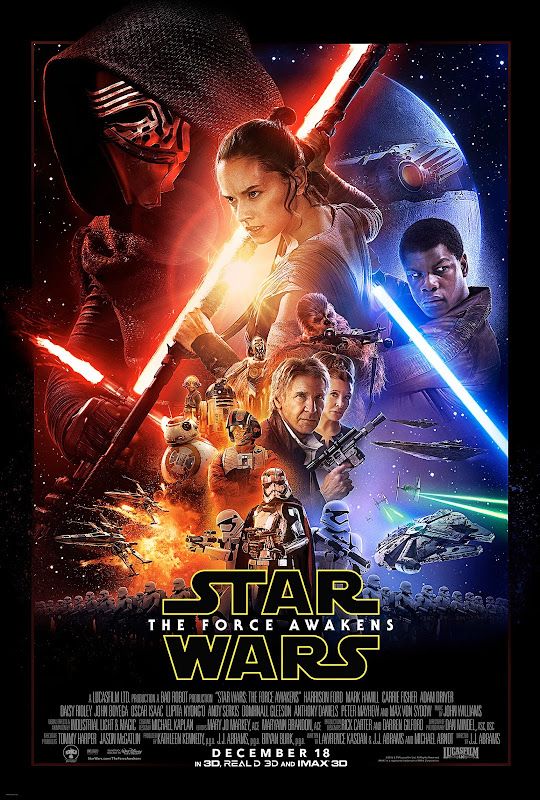
2. **Star Wars: The Sequel Trilogy – The Perils of Inconsistent Storytelling**
For a franchise as beloved and expansive as *Star Wars*, the concept of fatigue might seem unthinkable. After all, *The Force Awakens* reignited excitement across the globe, promising a thrilling new chapter. However, the subsequent sequel trilogy quickly became a cautionary tale about the perils of milking a cherished universe without a clear, overarching creative vision. By the time *The Rise of Skywalker* arrived, many fans were openly exhausted, not by the existence of new *Star Wars* content, but by the inconsistent storytelling, the seemingly endless parade of cameos, and the feeling that the narrative was constantly course-correcting rather than charting a confident path.
The initial promise of a new generation of heroes quickly became mired in debates over character arcs and plot choices that felt less like deliberate narrative decisions and more like reactions to fan outcry. This created a sense of whiplash for audiences who had invested decades into the galaxy far, far away. The relentless reliance on nostalgia, while powerful, proved to be a double-edged sword. While it initially drew audiences in, it also highlighted a perceived lack of originality when films seemed to prioritize callbacks and familiar beats over genuine innovation, leading to a feeling of “we’ve seen this before.”
Post-*Avengers: Endgame* for Marvel, and even more so after the conclusion of the Skywalker saga, there was a sense of closure for many viewers. The constant stream of new projects, from Disney+ series to spin-off movies, while exciting for some, has contributed to a feeling of oversaturation. While the *Star Wars* universe is vast, the fatigue stems from a perception that not all new content is necessary or equally compelling. It’s a prime example of how even a monumental franchise can struggle when its expansion feels less like a carefully crafted journey and more like a never-ending quest to maintain relevancy and generate revenue.
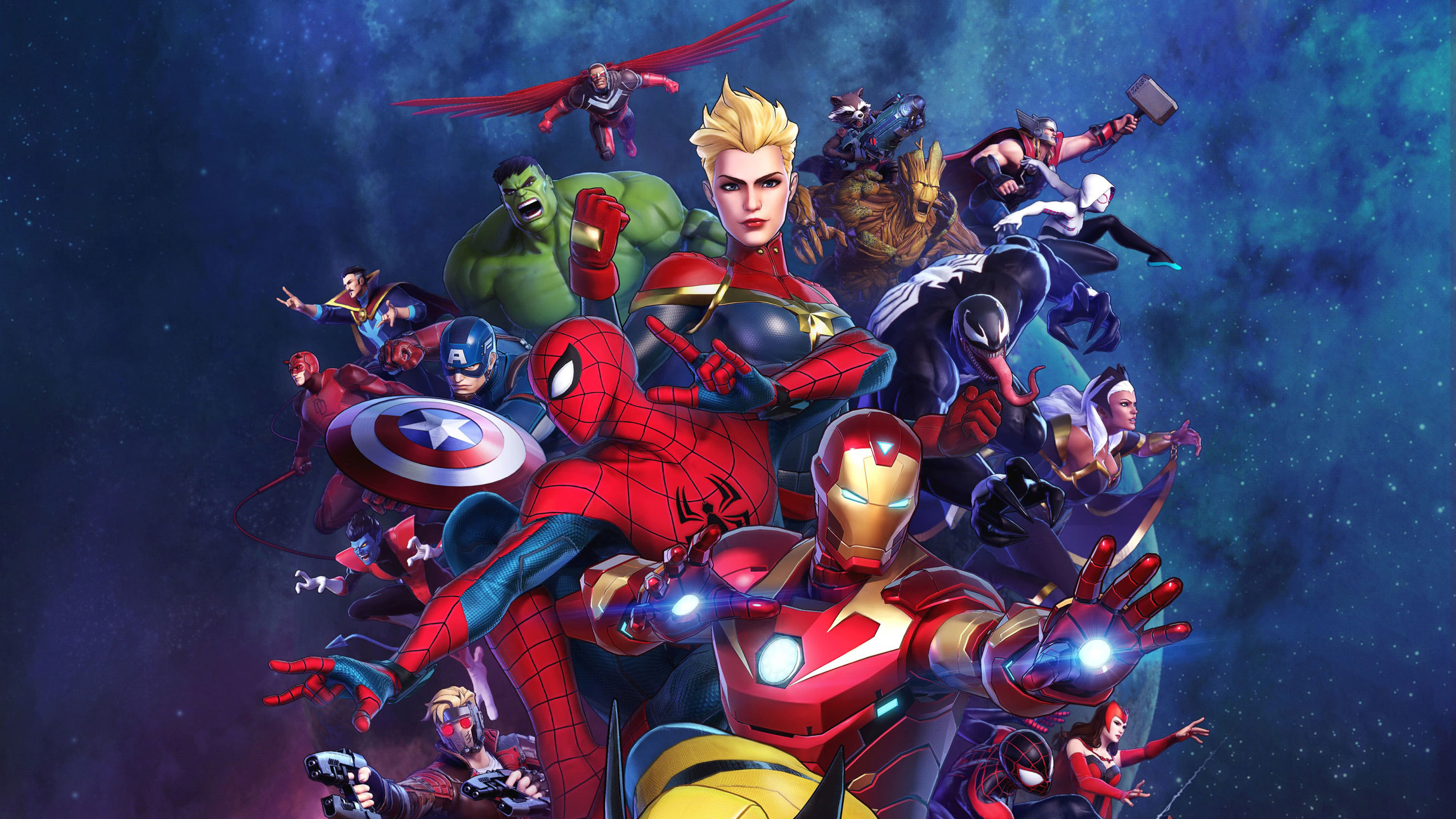
3. **Marvel’s Oversaturation Problem: When the Heroic Becomes Mundane**
Ah, Marvel. The heavyweight champion of cinematic franchises, a universe that meticulously built itself to a monumental crescendo with *Avengers: Endgame*. That film provided a profound sense of closure, a narrative triumph that felt earned. Yet, in the wake of such a definitive moment, the Marvel Cinematic Universe (MCU) has grappled with an oversaturation problem that has left some fans questioning its future. As Phase 4 began rolling out, with films like *Eternals* and *Shang-Chi*, and an explosion of Disney+ series such as *Secret Invasion* and *Armor Wars*, things started to feel, for many, distinctly “off.”
Despite still being a monumental cash cow, the sheer volume of content has begun to take its toll. The carefully spaced releases that once built immense anticipation have given way to a seemingly non-stop conveyor belt of new heroes, villains, and interwoven storylines. This rapid expansion, while designed to keep the franchise vibrant, has inadvertently diluted the impact of individual stories. When every week brings a new series or film, the specialness begins to fade, and the emotional investment required to keep up with every plot thread becomes a daunting task rather than a joyous one.
This isn’t to say the quality has uniformly plummeted, but rather that the narrative stakes and character developments often feel less impactful when there’s another ten projects waiting in the wings. Some fans are openly wondering if Marvel is simply trying to “keep the train moving” without a clear destination, prioritizing brand presence over compelling storytelling. The constant introduction of new characters and complex multiversal concepts, while intellectually stimulating for some, can also feel like homework for others. The golden rule of “less is more” seems to have been forgotten, and the once-invincible MCU is now facing the very real challenge of making its heroic endeavors feel fresh, vital, and truly necessary rather than just another entry on a crowded release calendar.

4. **Charlie’s Angels: The Repeated Failure to Revive a ’70s Icon**
*Charlie’s Angels*, a franchise rooted in the popular 1970s TV show, perfectly illustrates Hollywood’s relentless fixation on reviving beloved properties, often to diminishing returns. The original series, featuring three iconic female detectives, captivated audiences with its unique blend of action and glamor. Its initial potential for cinematic adaptation was successfully tapped in 2000, with an over-the-top action film starring Drew Barrymore, Lucy Liu, and Cameron Diaz, which proved to be a box office hit that captured a specific, fun-loving vibe.
However, this success proved fleeting. A critically panned sequel in 2003 left the franchise dormant, but Hollywood, ever the optimist (or perhaps, the glutton for punishment), couldn’t resist. The subsequent decades saw continuous attempts at revival, including an animated film and a disastrous TV series reboot in 2011, which spectacularly flopped, becoming one of television’s most notable failures. Despite these clear signals of audience disinterest, the industry persisted.
In 2019, yet another reboot was attempted, this time directed by Elizabeth Banks and starring Kristen Stewart. Sadly, this iteration also bombed at the box office, leading to the immediate cancellation of any planned sequels. The repeated failures of *Charlie’s Angels* highlight a fundamental challenge: replicating the specific vibe and tone of past decades is incredibly difficult. What worked in the 70s or even the early 2000s doesn’t automatically translate to a new era. The obsession with bringing back familiar names, without truly understanding or being able to recreate the original magic, often leads to disappointment, leaving both studios and audiences exhausted by the continuous, fruitless efforts.
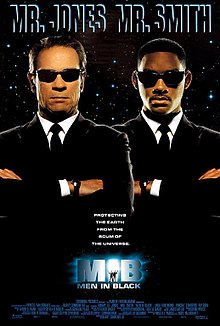
5. **Men in Black: Struggling to Find New Life Beyond the Original Duo**
The *Men in Black* franchise, much like *Charlie’s Angels*, embodies the difficulties of revitalizing a beloved series, particularly one so intrinsically linked to its original stars. The first two films, spearheaded by the iconic and charismatic duo of Will Smith and Tommy Lee Jones, were massive hits, cementing themselves as pop culture classics with their clever humor, unique sci-fi concepts, and undeniable chemistry. However, the franchise began to hit a snag with the release of *Men in Black 3* in 2012, which, despite offering some interesting time-travel elements, received mixed reviews and felt somewhat outdated in its execution.
Recognizing the need for a fresh injection of energy, Sony and Colombia Pictures attempted to breathe new life into the series by replacing the original actors with popular new faces. In 2019, *Men in Black International* hit screens, starring Chris Hemsworth and Tessa Thompson, fresh off their successful pairing in *Thor: Ragnarok*. The movie was explicitly intended to launch a new *Men in Black* trilogy, banking on the appeal of its new leads and a global setting. Yet, despite the star power and a substantial marketing push, the film failed to meet expectations, both critically and at the box office, demonstrating that even a popular new cast couldn’t single-handedly overcome the underlying fatigue.
The disappointment surrounding *Men in Black International* led many to question the necessity of further installments. While rumors of a *Men in Black 5* with Will Smith’s potential return and even a TV series have circulated, the track record of recent attempts suggests it might be time to let the franchise rest in peace. The original films were a product of their time, perfectly capturing the camp and absurdity of the 90s and early 2000s. Trying to force new iterations without that distinct charm or the original duo’s chemistry often results in a hollow imitation, prompting audiences to wonder if some classics are simply best left untouched, preserving their legacy rather than risking its tarnishing through relentless, creatively fatigued revivals.
Having dissected the initial wave of action franchises grappling with an undeniable creative slump, it’s clear that the landscape of blockbuster cinema is shifting dramatically. The audience’s appetite for endless sequels and reboots is waning, signaling a demand for fresh narratives and genuine innovation. As we continue our deep dive into Hollywood’s “total borefest,” we now turn our critical lens to several more titans of action filmmaking that are similarly struggling to maintain their once-unassailable positions, revealing just how widespread this fatigue has become.
Read more about: Unpacking the Legacy of Chris Hemsworth: Hollywood Icon, The ‘Chris’ Phenomenon, and Intriguing Paranormal Accounts
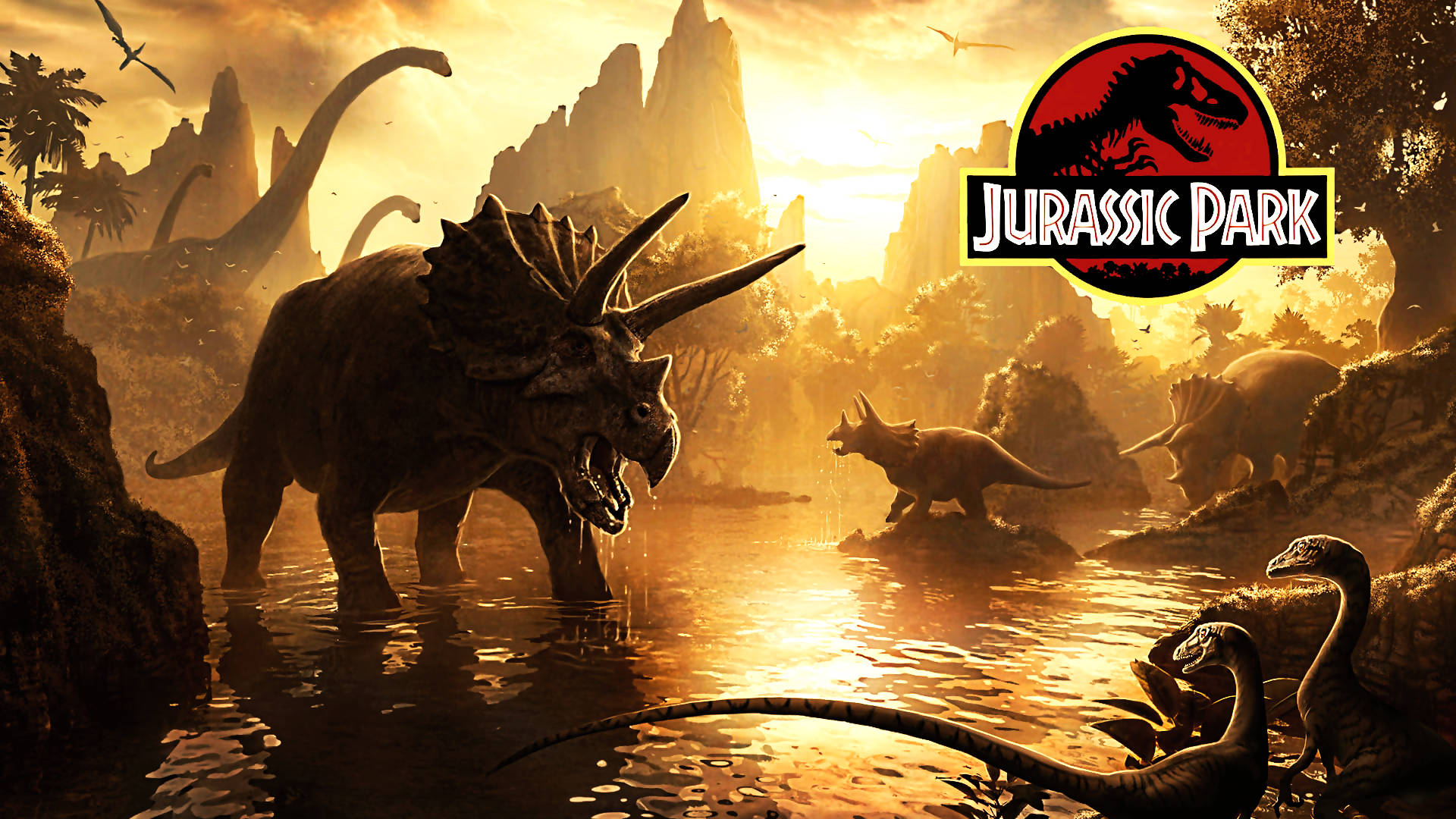
6. **Jurassic Park: The Diminishing Roar of a Once-Groundbreaking Franchise**
The *Jurassic Park* franchise, once a groundbreaking cinematic achievement, now faces a struggle with creative fatigue. While the original 1993 film remains an undeniable classic, celebrated for its revolutionary CGI and awe-inspiring special effects, subsequent sequels have consistently failed to recapture that initial magic. The sense of wonder that first captivated audiences has steadily eroded, replaced by a growing sentiment that the series has overstayed its welcome, diluting its powerful legacy.
Indeed, the first *Jurassic Park* was a landmark in visual storytelling. However, as technology has rapidly advanced, the novelty of computer-generated dinosaurs has worn off for modern audiences. What was once a marvel has become commonplace, and later films have struggled to evoke the same visceral awe. This demonstrates that visual spectacle alone cannot sustain a franchise indefinitely, especially when the narrative lacks similar innovation or compelling new ideas.
This struggle is so apparent that even director Colin Trevorrow has questioned the necessity of more sequels, suggesting the franchise might have been better off as a standalone film. This raises a broader question for Hollywood: should well-executed originals be left untouched, their legacies preserved, rather than risked through relentless, creatively fatigued revivals? Perhaps the industry should instead focus on remaking films with promising concepts that were poorly executed, offering genuine opportunities for fresh, improved takes.
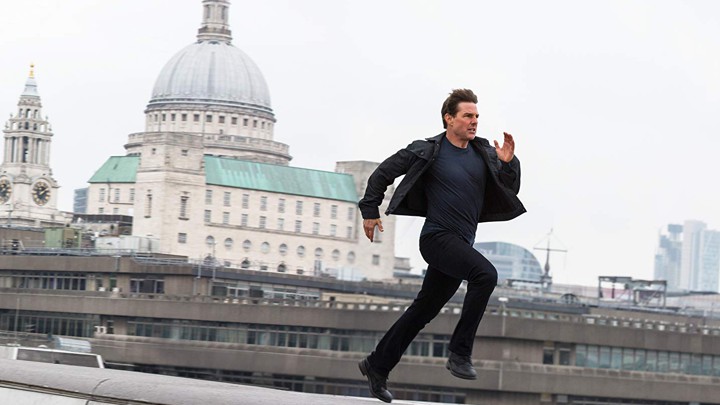
7. **Mission Impossible: The Perpetual Motion Machine of Ethan Hunt**
For nearly three decades, the *Mission Impossible* franchise, spearheaded by the indefatigable Tom Cruise as Ethan Hunt, has been a seemingly unshakeable titan in the action film genre. Since its explosive debut in 1996, the series has consistently delivered heart-stopping stunts, adrenaline-pumping action, and an unparalleled sense of suspense. Cruise’s legendary commitment to performing his own, often death-defying, stunts, has only intensified the franchise’s allure, making each new installment a cinematic event.
However, even this seemingly invincible franchise is not immune to the creeping tendrils of creative fatigue. The rapid-fire release schedule of *Mission Impossible* films has, for some, given rise to “Mission Fatigue.” Unlike classic film series that allowed years of anticipation, these entries arrive at a relentless pace. This constant presence, coupled with short gaps, leads to oversaturation, making it difficult for each new film to stand out or match the initial impact and novelty of its predecessors.
A significant criticism leveled against the franchise, despite its spectacle, is its perceived lack of substantial character development and evolving story arcs. While Ethan Hunt remains the unwavering central figure, supporting characters often receive limited attention, and motivations can feel repetitive. As the series continues to churn out new missions, maintaining a coherent and emotionally engaging narrative becomes an increasingly challenging tightrope walk, prompting valid questions about its graceful conclusion.
Despite these criticisms, the *Mission Impossible* franchise continues to be a commercial success, largely propelled by Tom Cruise’s unparalleled dedication. The ongoing production of *Mission Impossible 7* and *8* speaks to its commercial viability and fan eagerness for more breathtaking stunts and espionage. Yet, this dedication has its limits; even the most committed audiences can feel overwhelmed by an unending narrative, leaving the franchise’s future a mix of excitement and apprehension over potential creative exhaustion.
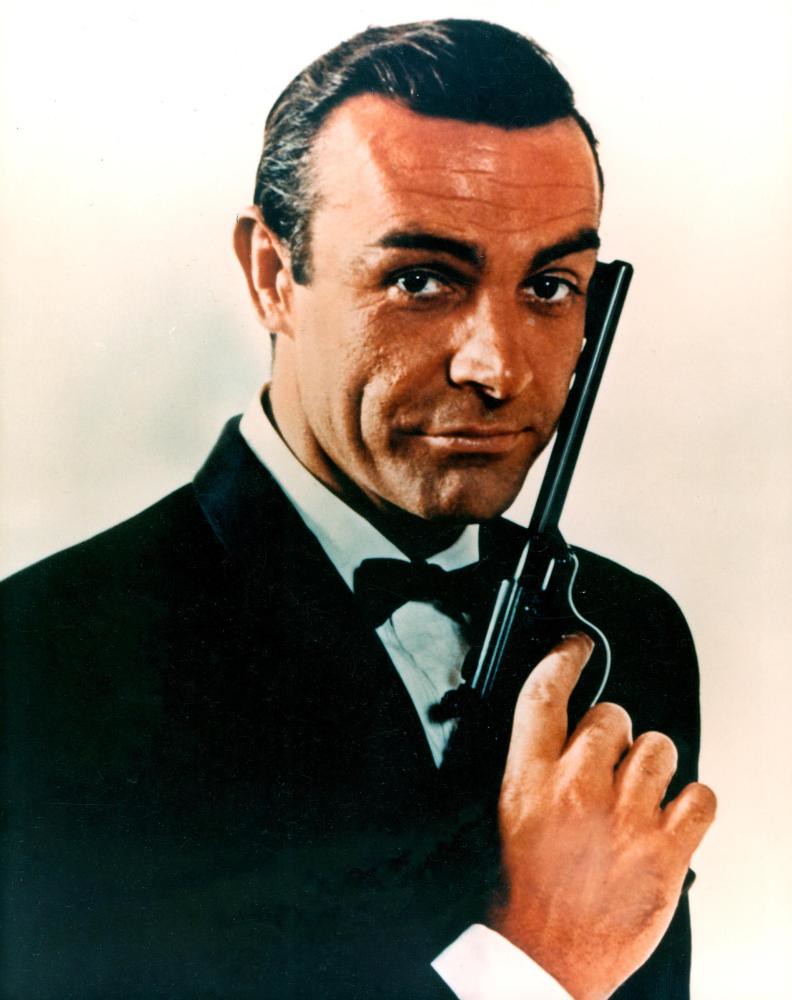
8. **James Bond: When a License to Thrill Becomes a License to Snooze**z
James Bond, the iconic British secret agent created by Ian Fleming, has been a global cultural touchstone since his cinematic debut in 1962. Spanning 27 films and brought to life by seven different actors, the 007 franchise stands as one of the most enduring and recognizable properties in cinematic history. Its longevity is a testament to its powerful grip on popular imagination, synonymous with thrilling espionage, sophisticated gadgets, and timeless charm.
Despite this storied legacy, a growing sentiment suggests the Bond franchise has recently lost some of its irresistible luster. The golden era, defined by acclaimed classics like “From Russia with Love” and “Goldfinger,” appears to be a distant memory, replaced by an inconsistent track record of hits and misses. This fluctuating reception indicates a struggle to consistently deliver the groundbreaking excitement that once characterized the series, leaving a portion of the audience yearning for its former glory and consistent quality.
Over the last 28 years, the franchise produced nine films, with some well-regarded (“GoldenEye,” “Casino Royale,” “Skyfall”) and others receiving mixed reviews or fading from memory. This uneven output fuels the argument that the series often lacks the consistent excitement and profound cultural impact it once effortlessly commanded. The challenge for Bond’s custodians is to find a way to honor its rich heritage while injecting a renewed sense of purpose and originality to captivate contemporary audiences, rather than merely coasting on past successes.
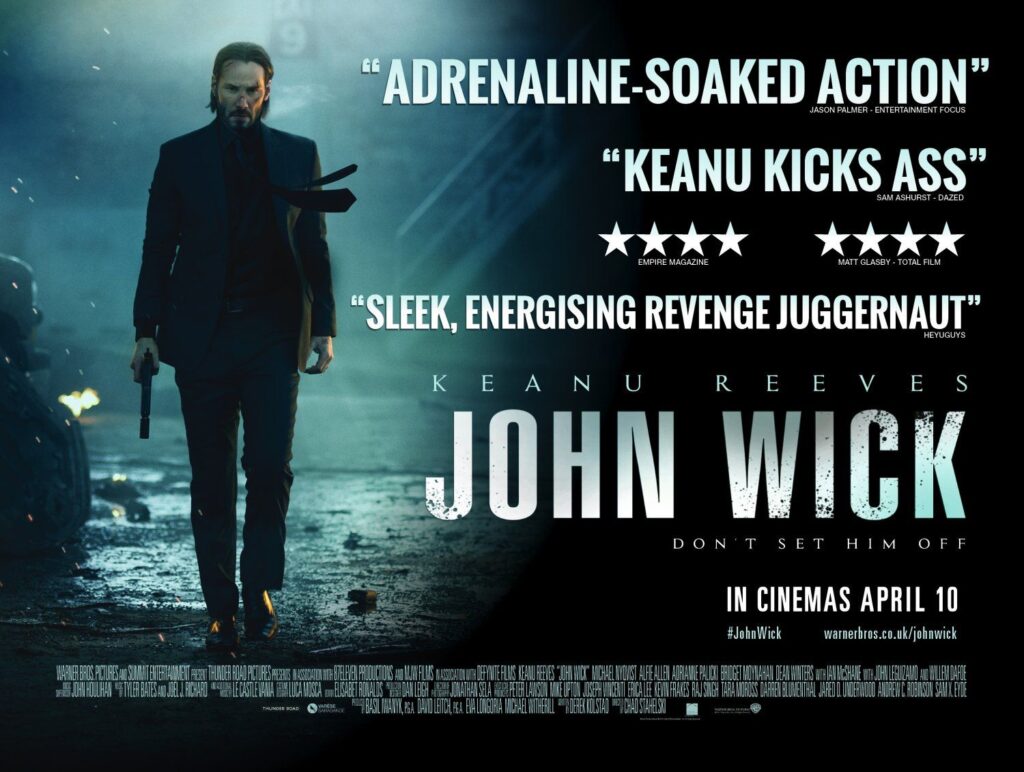
9. **The John Wick Spin-Off: When Even a Baba Yaga Can’t Escape Fatigue**
Even intensely popular, critically acclaimed franchises can stumble, and the *John Wick* universe, despite its incredible success, offers a poignant example with its recent spin-off. High-cost flops among established franchises have become an unfortunately common occurrence in Hollywood, and the *John Wick* spin-off stands as a prime illustration. Despite being part of a beloved action franchise and likely featuring substantial marketing and star power, these offshoots sometimes fail to recoup their production costs, signaling a concerning loss of confidence among audiences and a weakening of franchise loyalty.
The original *John Wick* films carved out a unique niche with their meticulously choreographed action, distinctive world-building, and a clear, compelling narrative. Audiences eagerly embraced the stylistic violence and the intricate mythology of the Continental Hotel. However, the decision to expand this universe through spin-offs, while commercially understandable, risks diluting the very elements that made the core series so compelling. When studios attempt to cash in on brand recognition without bringing the same level of innovative storytelling or creative vision, the results can be underwhelming.
This situation reflects a broader pattern of creative fatigue, where studios often prioritize extending a successful brand over crafting genuinely necessary and engaging new narratives. The inherent challenge for any spin-off is to justify its existence by offering something distinct and valuable, rather than feeling like a mere extension or a rehash of familiar tropes. When audiences are already growing tired of constant sequels and reboots, a spin-off that doesn’t significantly push boundaries or offer a fresh perspective can easily fall flat, regardless of the strength of its parent franchise.
The pervasive issue of creative fatigue profoundly affects both fans and the entertainment industry. For audiences, this translates into a deepening sense of disappointment, leading to increased selectivity. They are asking, “Do we really need another iteration?” This discerning approach means studios can no longer rely on automatic engagement; they must earn it. Furthermore, a formulaic approach often leaves fans feeling taken for granted, recognizing when a product is churned out primarily for revenue rather than storytelling integrity. This erosion of trust poses a significant long-term threat to franchise viability.
For the franchises themselves, the repercussions can be brutal. Relentlessly expanding a narrative can alienate the fanbase, as seen with *Transformers*, once an “unstoppable juggernaut,” now struggling to recapture its magic. Each poorly received installment chips away at credibility and loyalty. The risk of becoming “that franchise” that lingered too long is a constant shadow, demanding that studios prioritize substance over sheer volume to avoid irreversible decline.
So, how can Hollywood escape this cycle of creative fatigue? The answer lies in prioritizing innovation over repetition. Fresh, bold ideas are the most potent antidote, requiring studios to take genuine risks, introduce new characters, and explore untapped corners of their universes. “Less is more” should become a guiding principle; strategic content release can rebuild anticipation, making each new installment feel like an event again. This means resisting the urge to produce endless sequels and instead focusing on truly exceptional stories.
Additionally, embracing the power of television offers promising avenues for deeper storytelling, free from two-hour theatrical constraints. Shows like *The Mandalorian* have masterfully added incredible depth to the *Star Wars* universe without overwhelming its fanbase. This format allows for intricate character development and expansive world-building, proving that thoughtful, long-form content can effectively rekindle magic and ensure franchise longevity. The overarching lesson from 2025’s “total borefest” is clear: audiences crave originality and stories that justify their investment, compelling studios to innovate rather than merely repeat.

